The human genome is a fascinating treasure trove of information about what makes us uniquely human. Comprising billions of DNA base pairs, it contains the blueprint for building and maintaining our bodies. Despite its complexity, scientists have uncovered many intriguing facts about the human genome. Here are 20 captivating discoveries that highlight the wonders of our genetic code.
The Human Genome Project
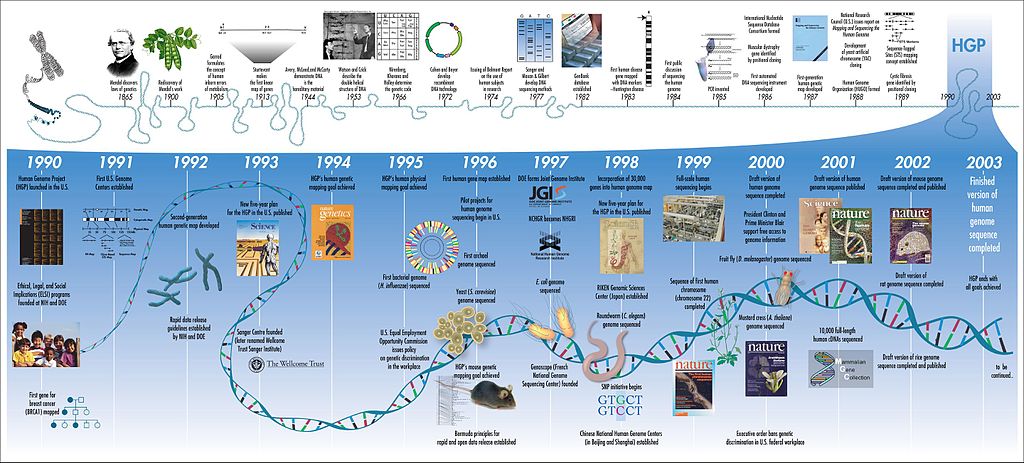
The Human Genome Project was an ambitious endeavor that aimed to map the entire human genome. Completed in 2003, it revealed that humans have approximately 20,000-25,000 genes. This project, led by an international team of scientists, took 13 years and cost around $3 billion. It has since paved the way for advancements in genetics and personalized medicine.
Only 1.5% of the Genome Codes for Proteins
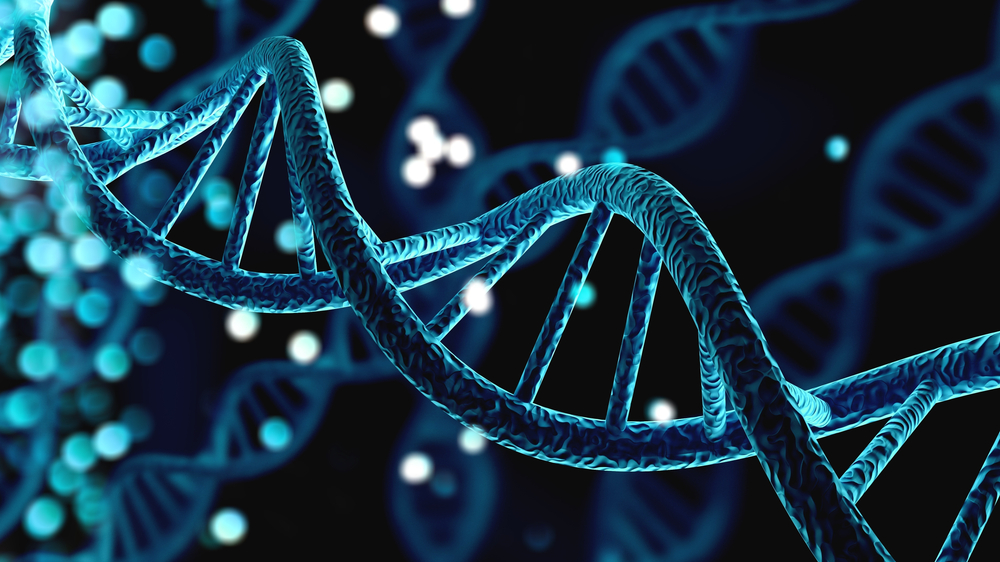
Surprisingly, only about 1.5% of the human genome consists of protein-coding genes. The remaining 98.5% includes non-coding regions, which were once thought to be “junk DNA.” These non-coding regions play crucial roles in regulating gene expression and maintaining genomic stability. Researchers continue to explore the functions of these vast non-coding areas.
Humans Share 99.9% of Their DNA

Despite our diverse appearances and traits, humans share 99.9% of their DNA with each other. This small 0.1% difference accounts for all the genetic diversity observed in the human population. It underscores our common ancestry and genetic unity. Understanding these differences helps in studying diseases and personalized treatments.
Mitochondrial DNA is Inherited from Mothers
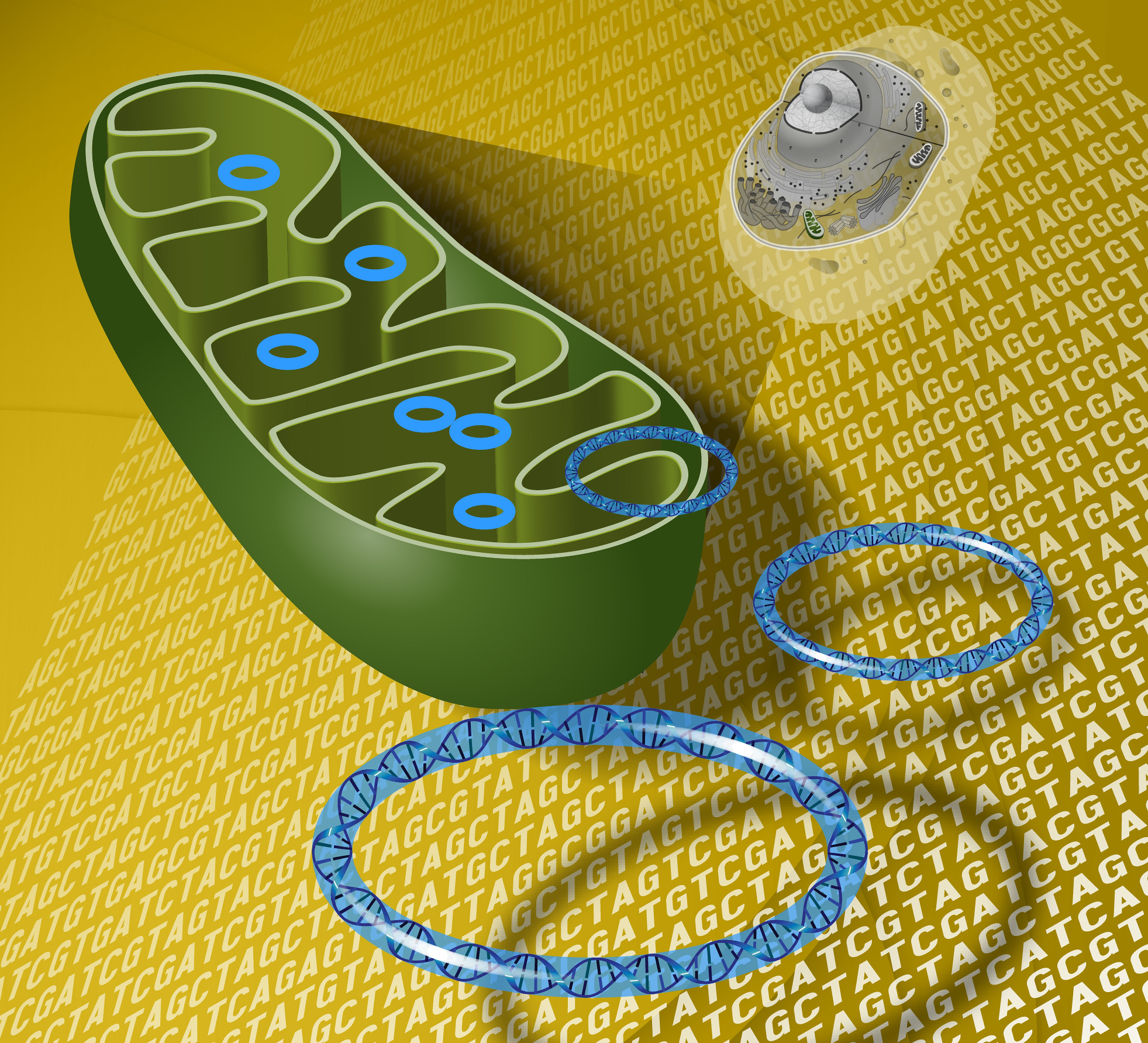
Unlike nuclear DNA, which is inherited from both parents, mitochondrial DNA (mtDNA) is passed down exclusively from mothers. This small circular DNA is found in the mitochondria, the cell’s powerhouse. Studying mtDNA has provided insights into human evolution and migration patterns. It has also helped trace maternal lineages through generations.
Genome Size Does Not Correlate with Complexity
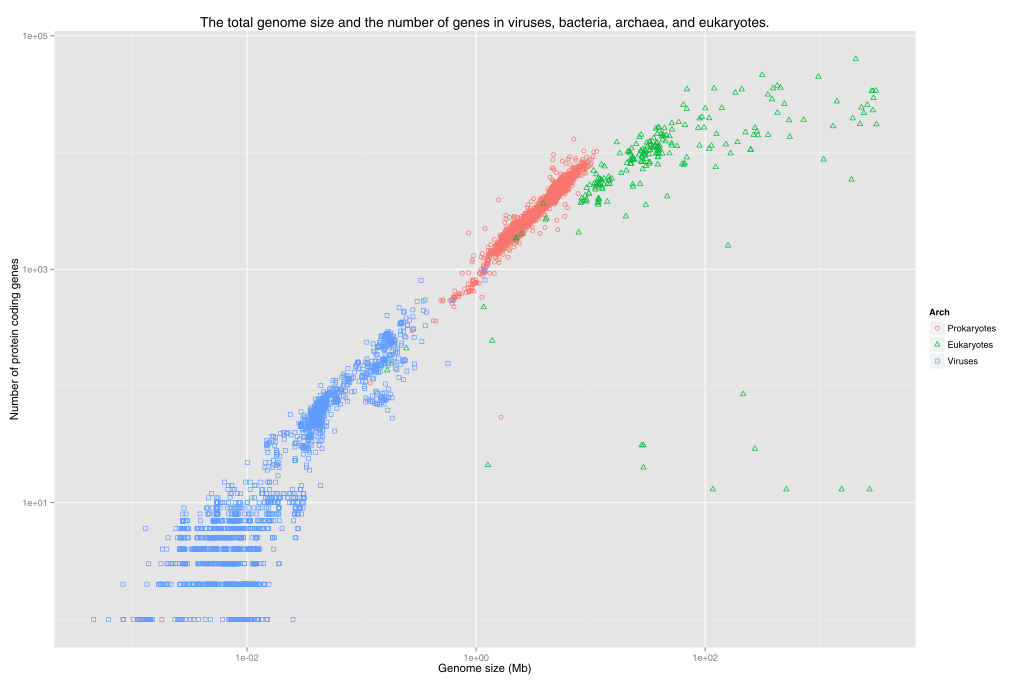
One might assume that more complex organisms have larger genomes, but this isn’t the case. The human genome is smaller than that of some plants and amphibians. This phenomenon, known as the “C-value paradox,” suggests that genome size is not a direct indicator of an organism’s complexity. Researchers continue to investigate the factors contributing to genome size variation.
Genetic Similarity to Other Species

Humans share about 98.8% of their DNA with chimpanzees, our closest living relatives. This genetic similarity highlights our shared evolutionary history. Additionally, we share around 60% of our genes with fruit flies and 85% with mice. Studying these similarities helps in understanding fundamental biological processes and disease mechanisms.
Genetic Variation and Disease

Genetic variations, such as single nucleotide polymorphisms (SNPs), can influence an individual’s susceptibility to diseases. Researchers have identified numerous SNPs associated with conditions like diabetes, cancer, and heart disease. This knowledge allows for the development of targeted therapies and personalized medicine. It also aids in predicting disease risk and tailoring preventive measures.
Epigenetics: Beyond DNA Sequence
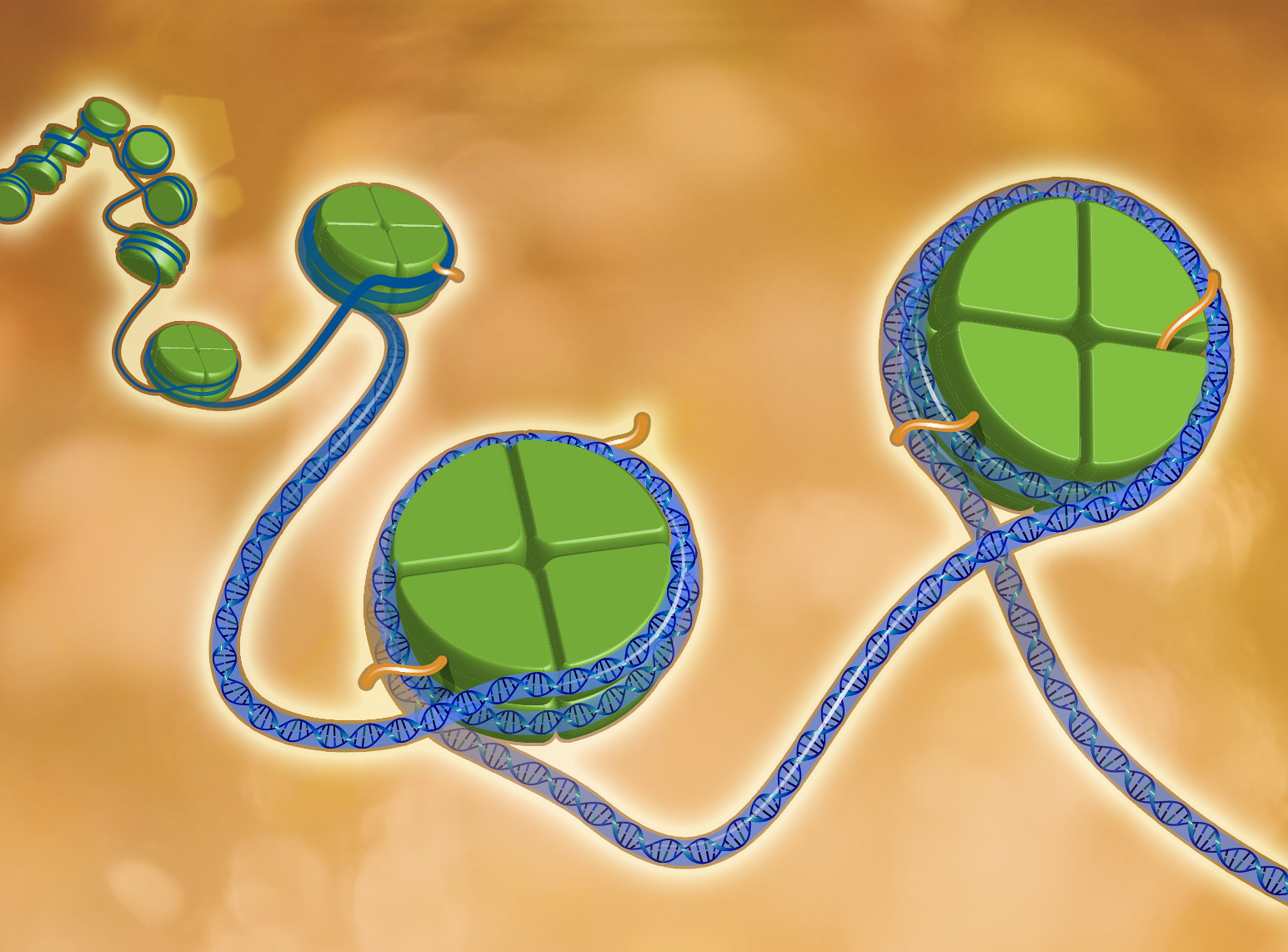
Epigenetics involves changes in gene expression without altering the underlying DNA sequence. Factors like diet, environment, and lifestyle can influence epigenetic modifications. These changes can be inherited and affect an individual’s health and development. Understanding epigenetics provides insights into how genes interact with the environment and their role in diseases.
CRISPR and Genome Editing
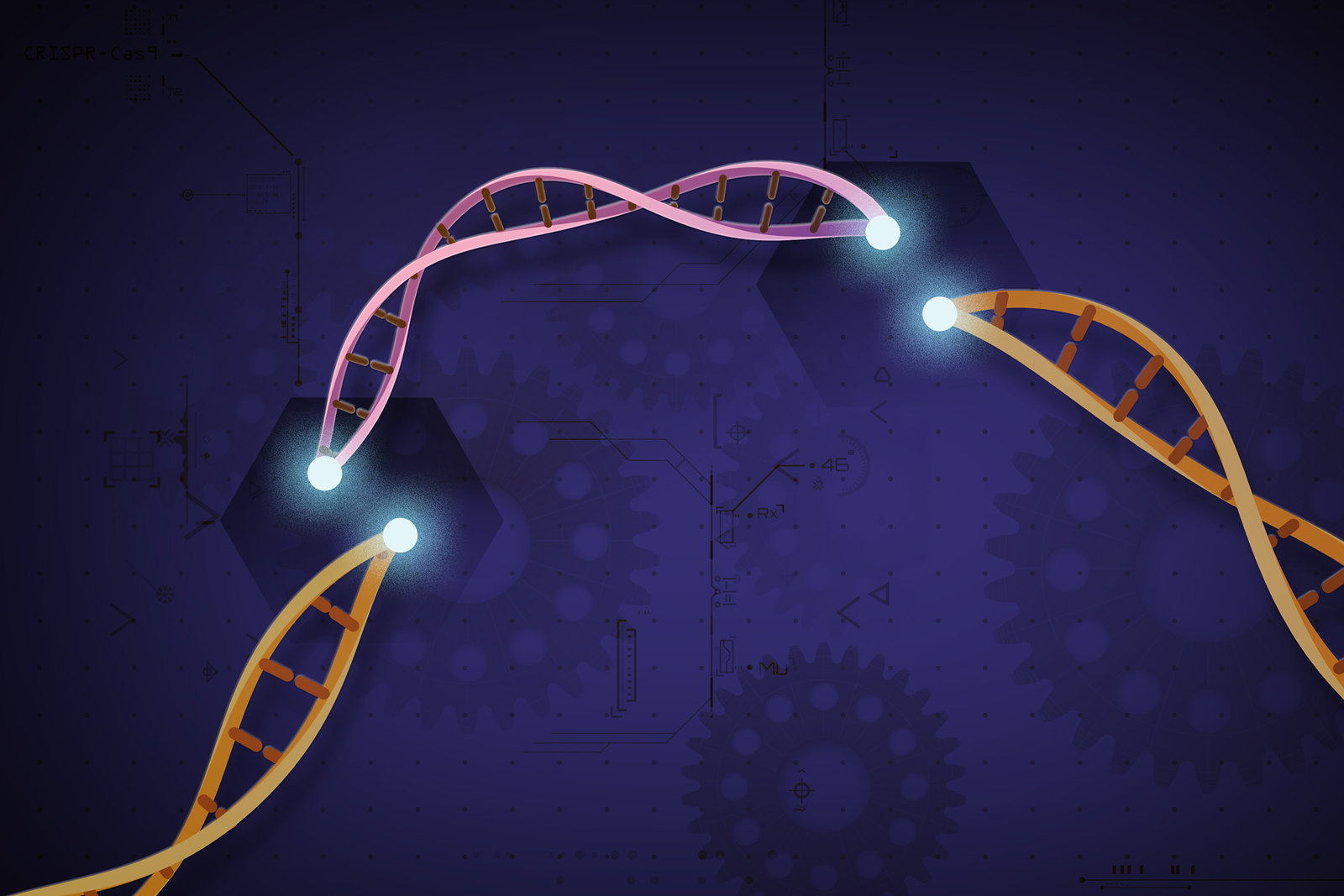
CRISPR-Cas9 is a revolutionary genome-editing technology that allows precise modifications to DNA. Discovered by Jennifer Doudna and Emmanuelle Charpentier, CRISPR has transformed genetic research and potential therapies. It enables scientists to correct genetic defects, study gene functions, and develop treatments for genetic disorders. However, ethical considerations and potential risks remain a topic of discussion.
Genetic Ancestry Testing
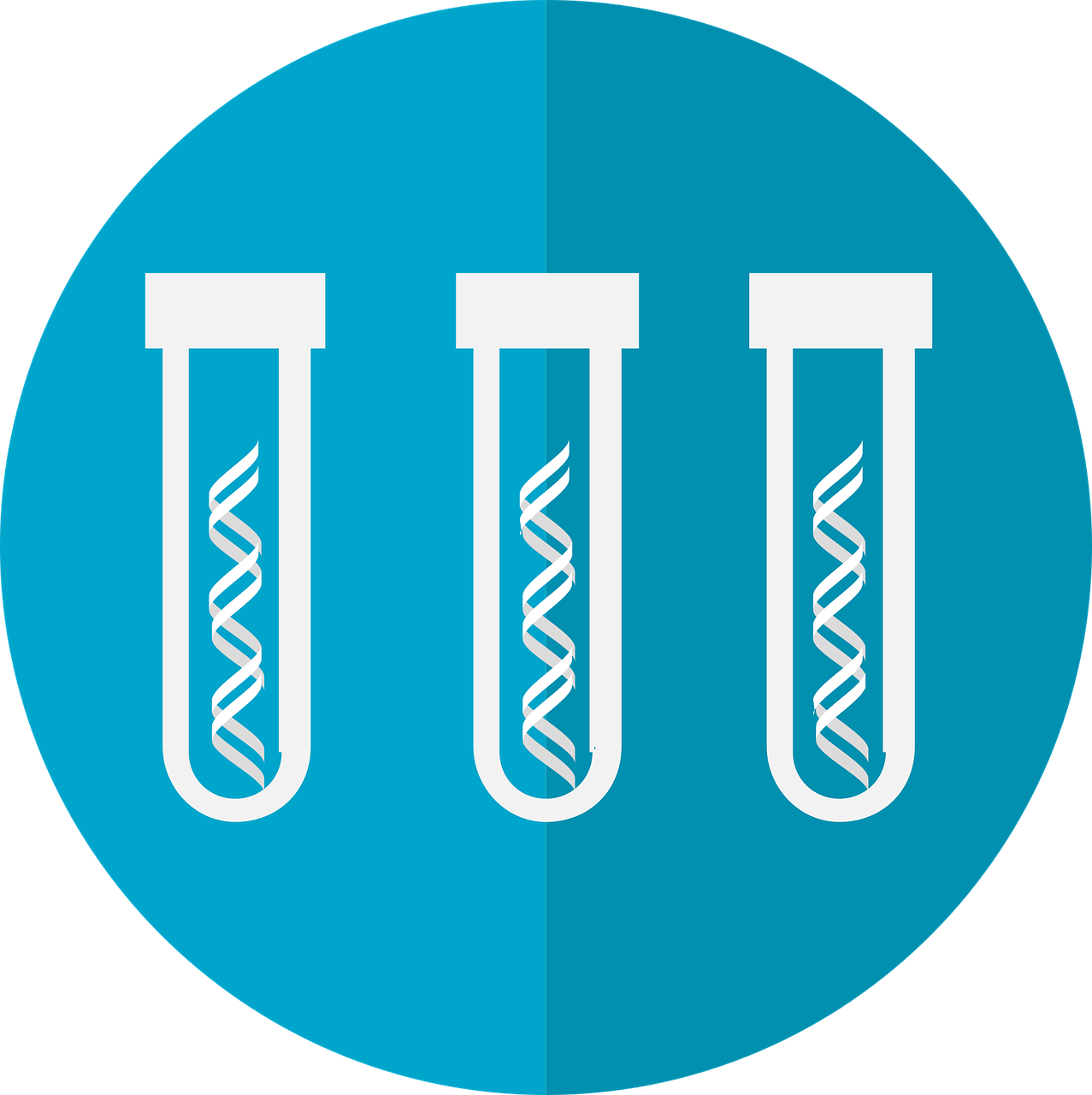
Genetic ancestry testing has become popular, allowing individuals to trace their heritage through DNA analysis. Companies like 23andMe and AncestryDNA analyze genetic markers to provide insights into ancestral origins. This technology has connected people with distant relatives and uncovered hidden family histories. It also sheds light on human migration patterns and genetic diversity.
The Role of Non-Coding RNA
Non-coding RNAs (ncRNAs) do not code for proteins but play crucial roles in gene regulation. Types of ncRNAs include microRNAs (miRNAs), long non-coding RNAs (lncRNAs), and small interfering RNAs (siRNAs). These molecules are involved in processes like gene silencing, chromatin remodeling, and RNA splicing. Research into ncRNAs has expanded our understanding of gene regulation and disease mechanisms.
Telomeres and Aging

Telomeres are protective caps at the ends of chromosomes that shorten with each cell division. Over time, telomere shortening is associated with aging and age-related diseases. Elizabeth Blackburn, Carol Greider, and Jack Szostak were awarded the Nobel Prize for their discovery of telomeres and the enzyme telomerase. Understanding telomere dynamics offers potential interventions for aging and longevity.
Genomic Imprinting
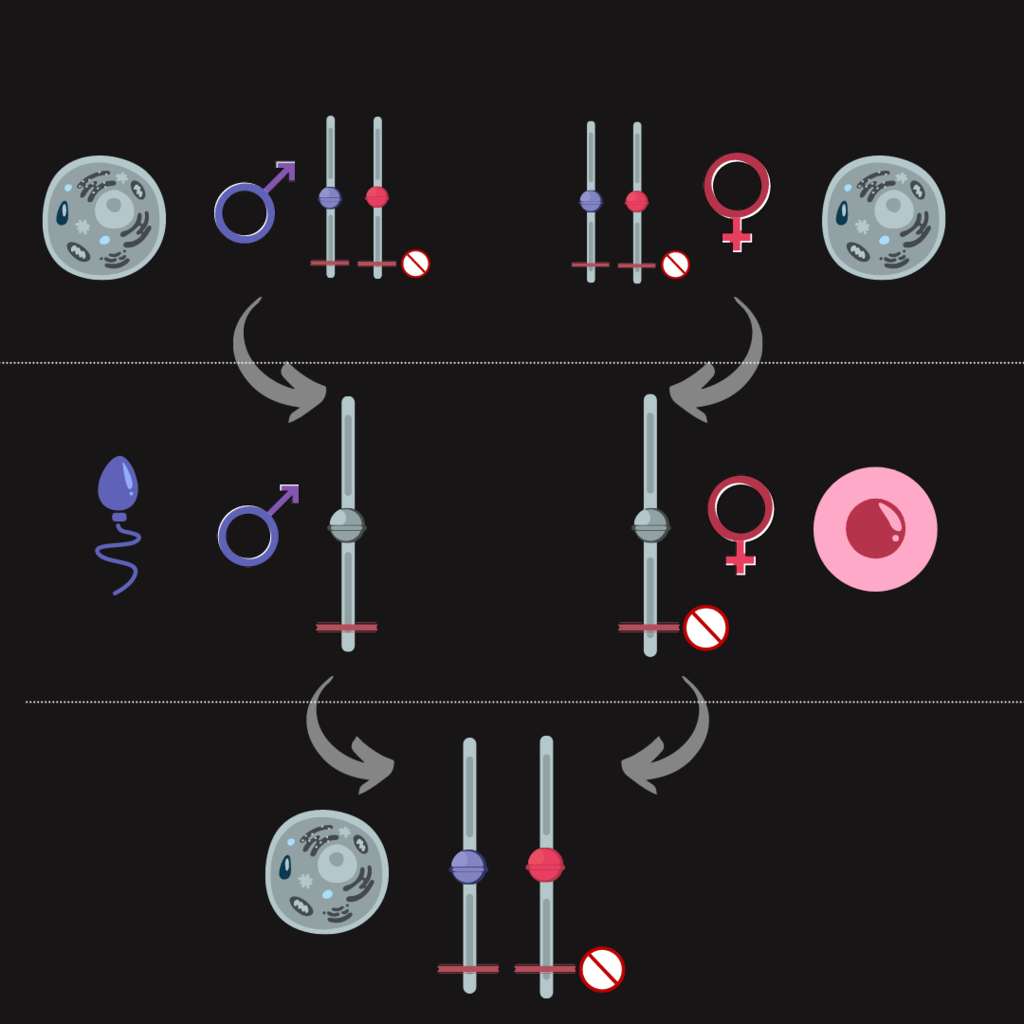
Genomic imprinting is a phenomenon where certain genes are expressed in a parent-of-origin-specific manner. This means that the same gene can have different effects depending on whether it is inherited from the mother or the father. Imprinting disorders, such as Prader-Willi and Angelman syndromes, arise from disruptions in this process. Studying genomic imprinting provides insights into complex genetic regulation.
The Human Microbiome
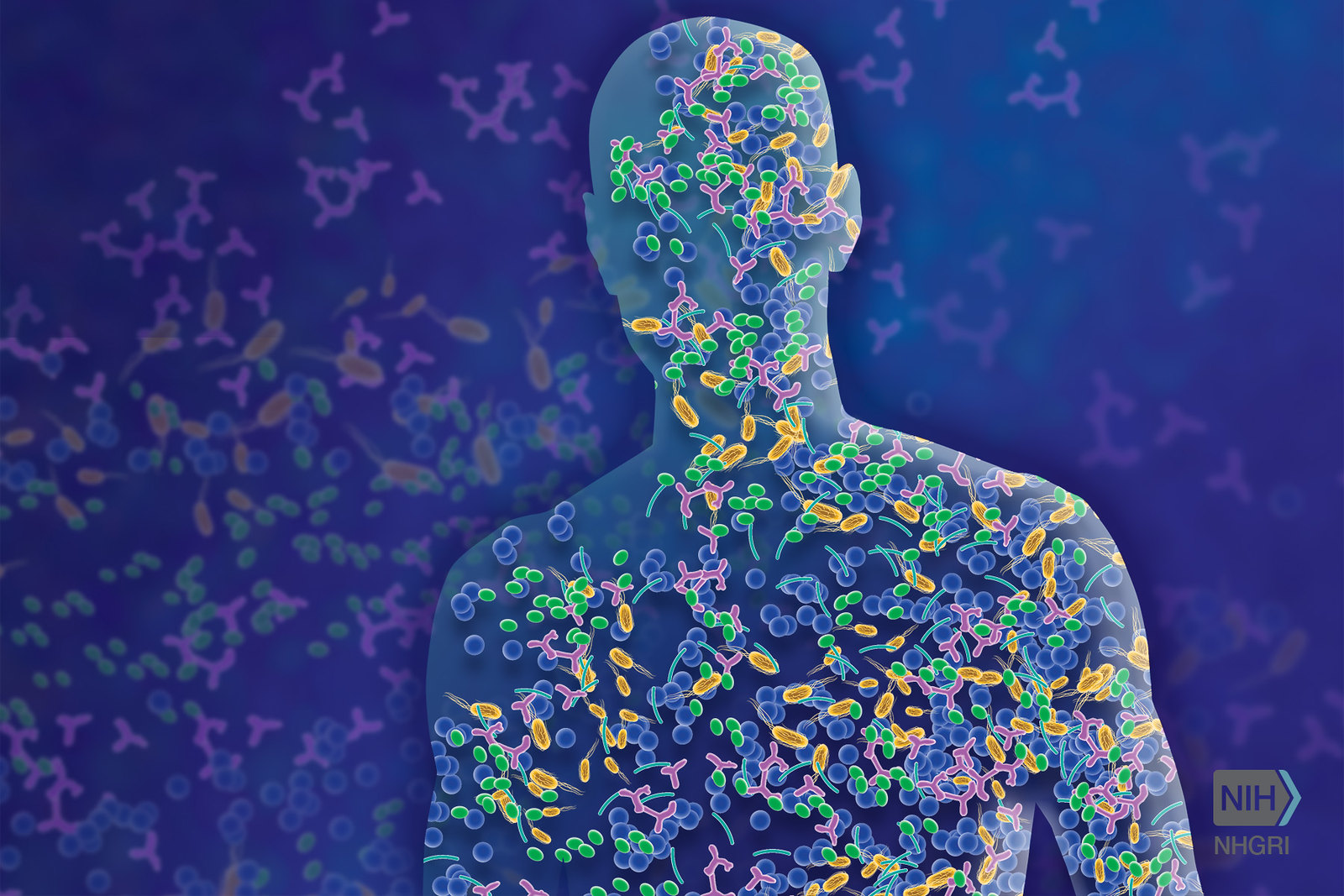
The human microbiome consists of trillions of microorganisms living in and on our bodies, with their own unique genomes. These microbes play essential roles in digestion, immunity, and overall health. The Human Microbiome Project has explored the diversity and functions of these microbial communities. Understanding the microbiome’s interactions with our genome offers potential for new therapies and health interventions.
Pseudogenes: Vestiges of Evolution
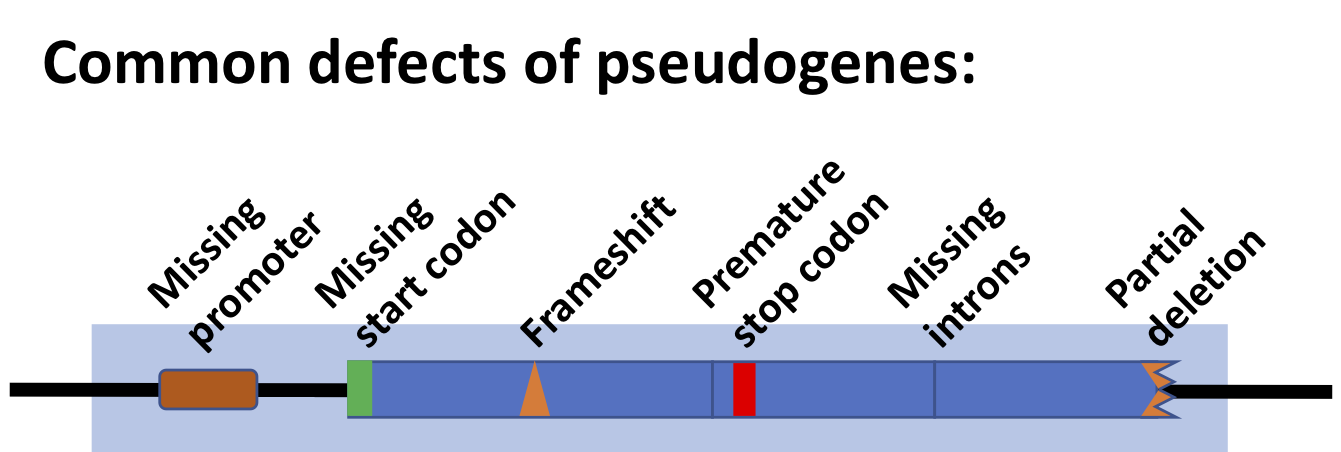
Pseudogenes are non-functional remnants of once-active genes, often referred to as “genetic fossils.” They arise from gene duplication or retrotransposition events and accumulate mutations over time. While pseudogenes do not produce functional proteins, some may still have regulatory roles. Studying pseudogenes provides insights into evolutionary processes and genome evolution.
Horizontal Gene Transfer
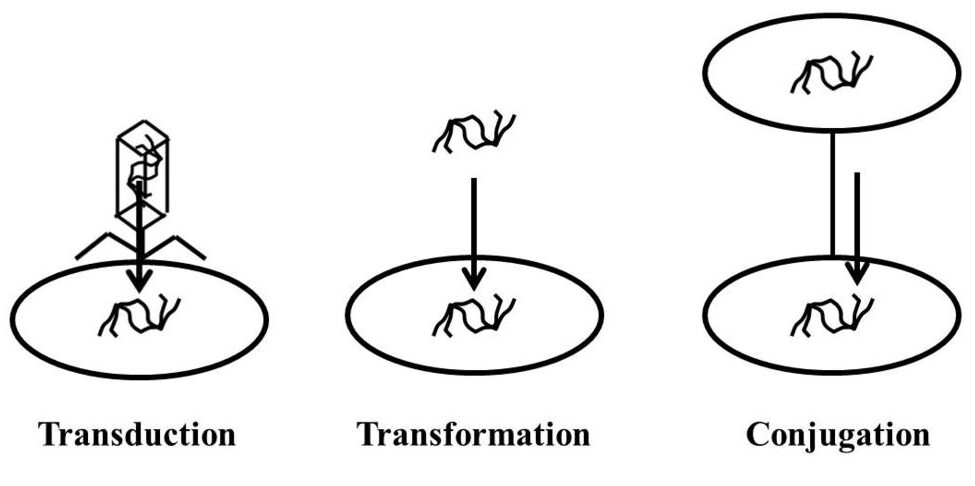
Horizontal gene transfer (HGT) involves the transfer of genetic material between organisms, bypassing traditional reproduction. While common in bacteria, evidence suggests HGT has also occurred in humans. For example, certain genes in our genome may have been acquired from ancient viruses. Understanding HGT challenges traditional views of evolution and reveals the complexity of genetic inheritance.
The Role of Enhancers
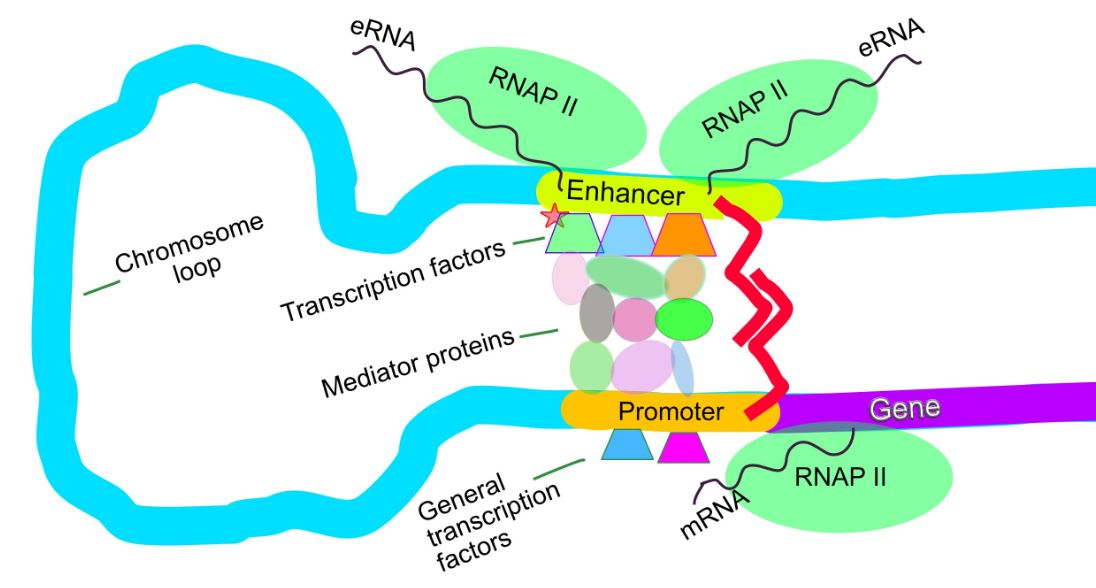
Enhancers are DNA sequences that enhance the transcription of specific genes, often located far from the genes they regulate. They play crucial roles in controlling gene expression during development and differentiation. Recent studies have identified thousands of enhancers in the human genome. Understanding enhancers helps unravel the complexities of gene regulation and developmental processes.
Genome-Wide Association Studies (GWAS)
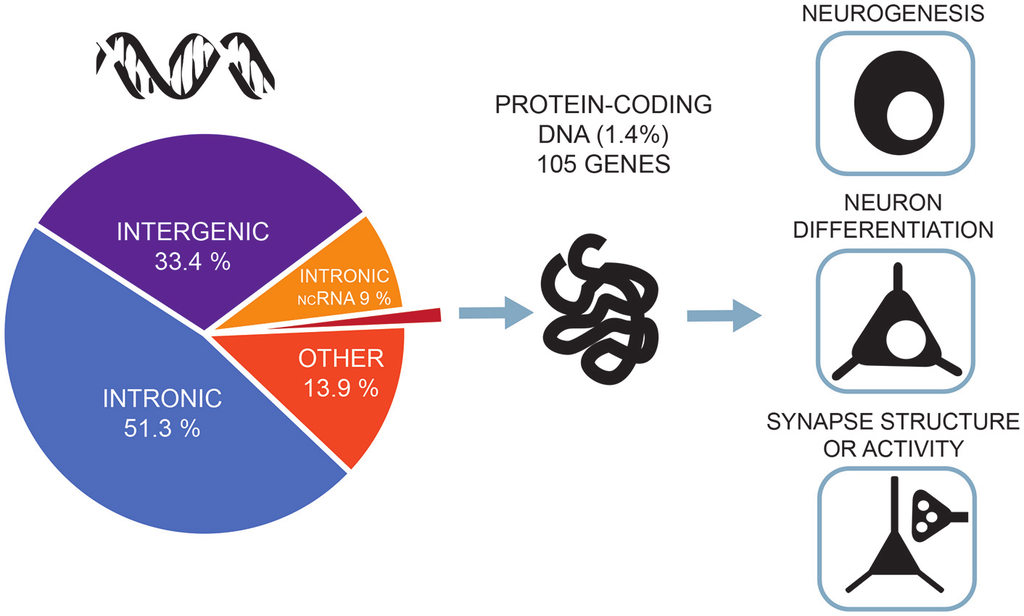
Genome-wide association studies (GWAS) identify genetic variants associated with complex traits and diseases. These large-scale studies analyze the genomes of thousands of individuals to find correlations between specific SNPs and traits. GWAS have uncovered genetic factors contributing to conditions like schizophrenia, diabetes, and heart disease. They provide valuable insights for developing targeted treatments and interventions.
Gene Therapy: Treating Genetic Disorders
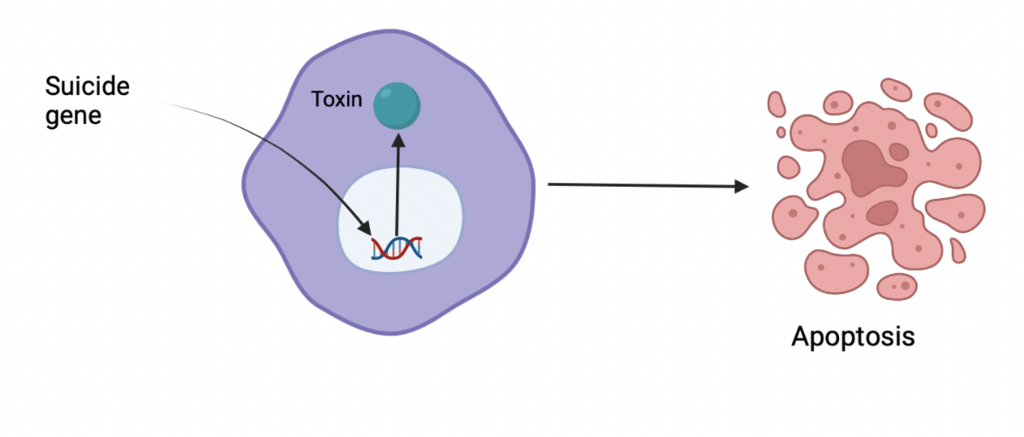
Gene therapy involves correcting or replacing faulty genes to treat genetic disorders. Advances in gene therapy have led to successful treatments for conditions like spinal muscular atrophy and certain types of inherited blindness. Researchers continue to develop and refine gene therapy techniques. This promising field offers hope for curing previously untreatable genetic diseases.
Personalized Medicine and Pharmacogenomics

Personalized medicine tailors treatments to an individual’s genetic profile, optimizing efficacy and minimizing side effects. Pharmacogenomics studies how genetic variations affect drug metabolism and response. This approach allows for more precise and effective therapies. As our understanding of the human genome advances, personalized medicine is becoming increasingly feasible and impactful.
This article originally appeared on UnifyCosmos.
More from UnifyCosmos
23 Hidden Literary Gems That Deserve More Love

Whether you’re looking for a gripping novel, a thought-provoking memoir, or a collection of captivating short stories, this list highlights the unsung heroes of the literary world that deserve much more recognition and appreciation. Read more!
24 Iconic Street Foods from Around the World

Get ready to tantalize your taste buds and discover the rich diversity of street food that captures the heart and soul of each destination. Read more!
24 Fitness Challenges to Boost Your Workout Motivation

Whether you’re a beginner or a seasoned athlete, these fitness challenges will help you stay committed, push your limits, and see real results. Read more!
Leave a Reply